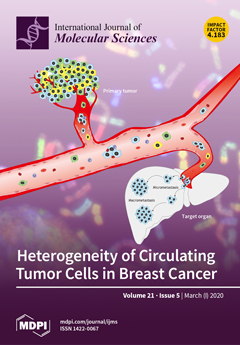Glyphodes pyloalis Walker (Lepidoptera: Pyralididae) is a serious pest in the sericulture industry, which has caused damage and losses in recent years. With the widespread use of insecticides, the insecticide resistance of
G. pyloalis has becomes increasingly apparent. In order to find other
[...] Read more.
Glyphodes pyloalis Walker (Lepidoptera: Pyralididae) is a serious pest in the sericulture industry, which has caused damage and losses in recent years. With the widespread use of insecticides, the insecticide resistance of
G. pyloalis has becomes increasingly apparent. In order to find other effective methods to control
G. pyloalis, this study performed a transcriptome analysis of the midgut, integument, and whole larvae. Transcriptome data were annotated with KEGG and GO, and they have been shown to be of high quality by RT-qPCR. The different significant categories of differentially expressed genes between the midgut and the integument suggested that the transcriptome data could be used for next analysis. With the exception of Dda9 (GpCDA5), 19 genes were involved in chitin metabolism, most of which had close protein–protein interactions. Among them, the expression levels of 11 genes, including
GpCHSA,
GpCDA1,
GpCDA2,
GpCDA4,
GPCHT1,
GPCHT2a,
GPCHT3a,
GPCHT7,
GpTre1,
GpTre2, and
GpRtv were higher in the integument than in the midgut, while the expression levels of the last eight genes, including
GpCHSB,
GpCDA5,
GpCHT2b,
GpCHT3b,
GpCHT-h,
GpPAGM,
GpNAGK, and
GpUAP, were higher in the midgut than in the integument. Moreover, 282 detoxification-related genes were identified and can be divided into 10 categories, including cytochrome P450, glutathione S-transferase, carboxylesterase, nicotinic acetylcholine receptor, aquaporin, chloride channel, methoprene-tolerant, serine protease inhibitor, sodium channel, and calcium channel. In order to further study the function of chitin metabolism-related genes, dsRNA injection knocked down the expression of
GpCDA1 and
GpCHT3a, resulting in the significant downregulation of its downstream genes. These results provide an overview of chitin metabolism and detoxification of
G. pyloalis and lay the foundation for the effective control of this pest in the sericulture industry.
Full article






